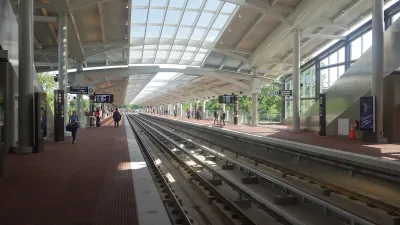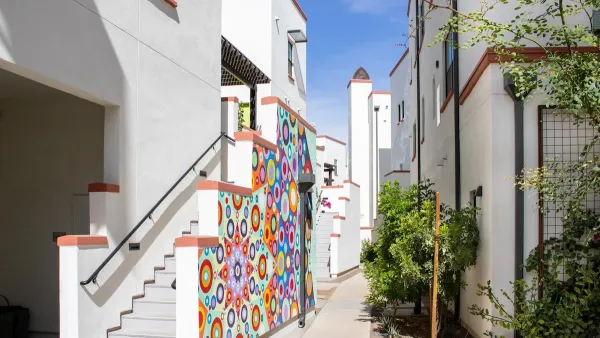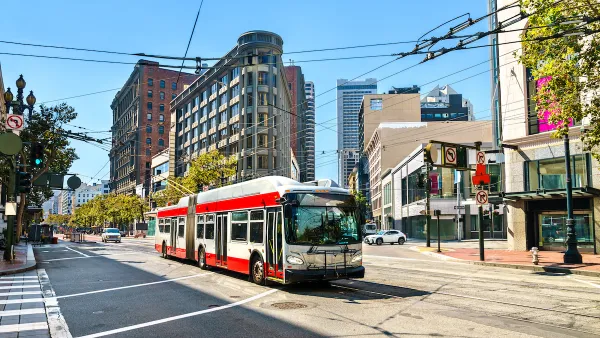Building new stations along existing transit lines can significantly increase access in formerly passed-over neighborhoods.

Despite living near — or, in some cases, directly below — rapid transit lines, some residents of cities like Atlanta and Washington, D.C. still lack access to transit. As Benjamin Schneider explains in Bloomberg CityLab, this is largely because planners of the past purposely skipped certain neighborhoods when planning transit stops or planned transit as just a way to shuttle commuters between suburbs and downtowns. “It’s a pattern that can be seen in the Bay Area, where BART trains skip over much of East Oakland, a low-income area with one of the highest population densities in the region. Activists there have launched a campaign to construct a new station in the San Antonio neighborhood, in the middle of a 2.7-mile stretch of tracks without access to the system.”
On the other side of the country, “Atlanta Mayor Andre Dickens wants to match the city’s infill development with infill train stops. In April, Dickens signed an executive order pledging to build four new MARTA stations on existing stretches of track. The stations, one in each of the city’s four quadrants, will all be on or near the BeltLine.” This transit infill could help expand transit access without building new lines by bringing existing services closer to residents. “At a time when laying new tracks can be prohibitively expensive, they’re an affordable way to make the most of infrastructure that’s already in place.”
FULL STORY: To Expand Transit on the Cheap, Cities Explore Infill Stations

National Parks Layoffs Will Cause Communities to Lose Billions
Thousands of essential park workers were laid off this week, just before the busy spring break season.

Retro-silient?: America’s First “Eco-burb,” The Woodlands Turns 50
A master-planned community north of Houston offers lessons on green infrastructure and resilient design, but falls short of its founder’s lofty affordability and walkability goals.

Delivering for America Plan Will Downgrade Mail Service in at Least 49.5 Percent of Zip Codes
Republican and Democrat lawmakers criticize the plan for its disproportionate negative impact on rural communities.

Test News Post 1
This is a summary

Test News Headline 46
Test for the image on the front page.

Balancing Bombs and Butterflies: How the National Guard Protects a Rare Species
The National Guard at Fort Indiantown Gap uses GIS technology and land management strategies to balance military training with conservation efforts, ensuring the survival of the rare eastern regal fritillary butterfly.
Urban Design for Planners 1: Software Tools
This six-course series explores essential urban design concepts using open source software and equips planners with the tools they need to participate fully in the urban design process.
Planning for Universal Design
Learn the tools for implementing Universal Design in planning regulations.
EMC Planning Group, Inc.
Planetizen
Planetizen
Mpact (formerly Rail~Volution)
Great Falls Development Authority, Inc.
HUDs Office of Policy Development and Research
NYU Wagner Graduate School of Public Service





























